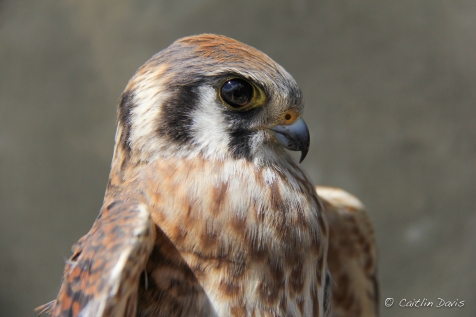The timing of life cycle events, such as when birds migrate and when they breed, is closely tied to the seasons. Phenology is the study of these natural cycles. As climate changes, and the seasons shift, some populations or individuals may alter their behavior and timing of life cycle events, which can have real implications for their survival and breeding success. For example, with warmer winters birds may migrate shorter distances, or not at all, meaning that they can breed earlier. Of course, for species with large geographic ranges, individuals living in different geographic areas also experience different regional climates and differential changes in climate.
By studying birds across their full annual cycle, we can identify distinct populations and link their breeding and wintering grounds and migratory routes. This allows us to determine the environmental conditions each population experiences, and the causes and consequences of phenology. These pieces of information are essential to understanding population trends and whether and how populations and species will adapt to changing climate.
Our project is using a year-round, comparative approach of American Kestrels from across their North American breeding range. Kestrels from different parts of North America have different migration strategies, some migrate long distances and others do not migrate at all. This variation creates opportunities for comparative studies that can contrast the effects of annual cycles on phenology change.

The Full Cycle Phenology Project brings together a group of diverse and uniquely qualified collaborators from Boise State University, the American Kestrel Partnership, HawkWatch International, St. Mary’s University, Environmental Laboratory of the U.S. Army Engineer Research and Development Center, and the University of California, Los Angeles. This project will combine cutting edge genetic techniques and a large-scale collaboration of professional and citizen scientists across the western hemisphere to find out more about migratory connectivity, population change, and the impacts of climate change on the American Kestrel and other landbirds.
Feature photo by Anjolene Hunt
